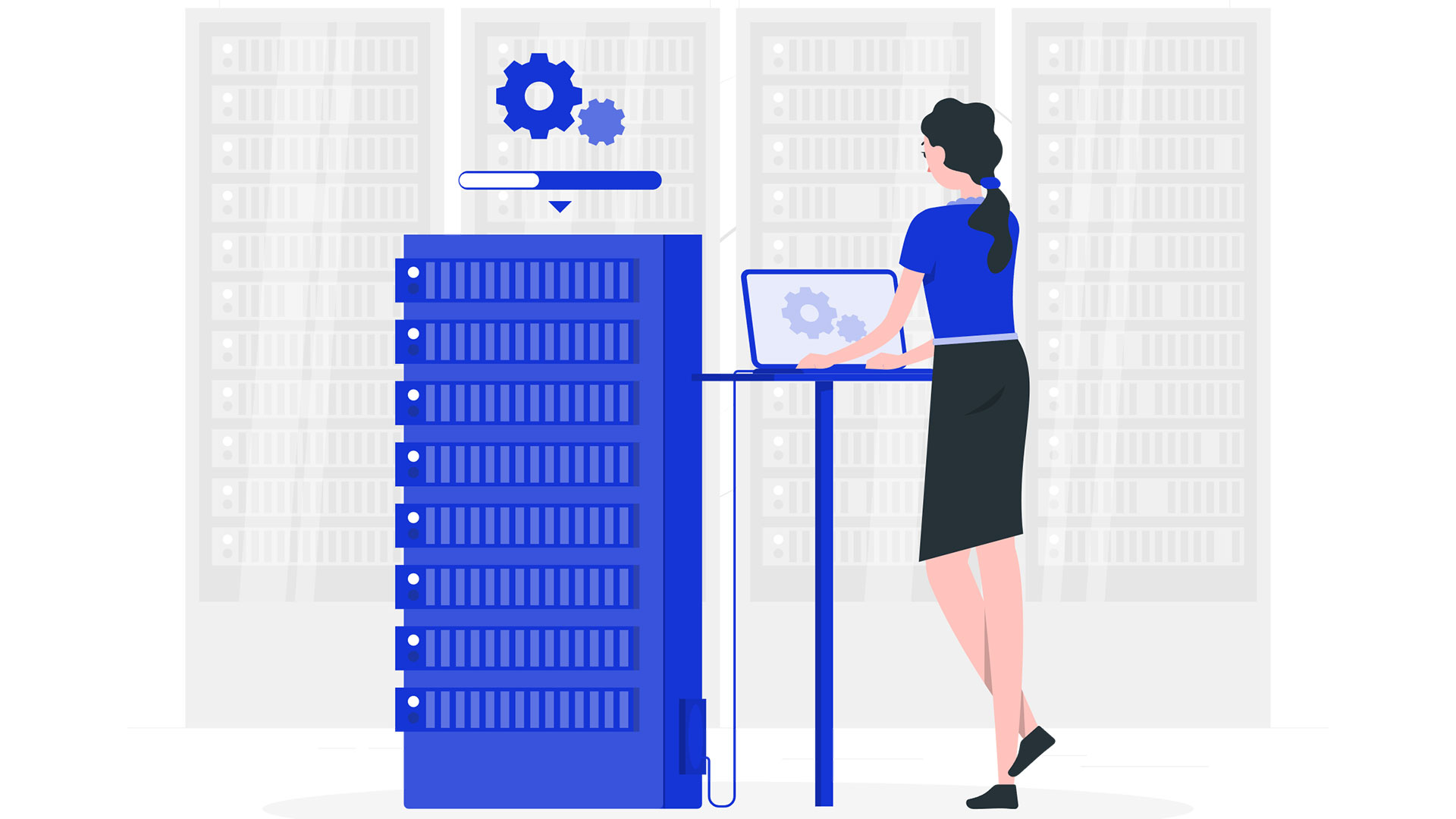Like any other field or profession in the world DevOps has its own jargon. Set of abbreviations, names or words that are not familiar to the “outside world.” Or, they’re used in a different context with a different meaning.
Whether you’ve just stepped into the world of DevOps or you’re trying to navigate the world of technical jargon in the field, understanding the plethora of complex terms can feel like learning a new language. Don’t worry, this post will help you decode the world of “DevOps jargon”. This will make your next conversation with DevOps person, or reading next DevOps article much more enjoyable.
DevOps
Let’s begin with the term “DevOps” itself. A combination of two terms ‘Development’ and ‘Operations’, DevOps is a practice that merges software development (Dev) and IT operations (Ops) to ensure seamless collaboration, offering faster delivery and higher quality products.
CI/CD
Continuous Integration (CI) & Continuous Deployment (CD), the heart and soul of DevOps, essentially refers to the practices of merging all developers working copies to a shared mainline multiple times a day (CI) and the consequent automated deployment of code to production (CD) after code review and testing.
Agile
A term frequently thrown around in DevOps discussions, Agile is a project management and product development approach that emphasizes cross-functional team collaboration, customer feedback, and adaptive planning.
IaC
Infrastructure as Code (IaC): A relatively new kid on the block, IaC involves managing and provisioning computer data centers through machine-readable files, rather than manual hardware configurations or interactive configuration tools.
Microservices or API
This architectural style structures an application as a collection of loosely coupled, independently deployable services. Perfect for larger projects that require flexibility and scalability.
Docker
A Docker is essentially a container platform, enabling developers to isolate apps from their environment so they can function uniformly across various platforms.
Kubernetes or K8s
Popularly known as K8s, Kubernetes is an open-source container-orchestration system for automating computer application deployment, scaling, and management.
Serverless
It doesn’t mean ‘without servers’. Rather, it is a cloud computing model where the cloud provider dynamically manages and allocates machine resources, taking away the need to manage individual servers.
Puppet/Chef/Ansible/Salt
These are configuration management tools (a fundamental part of IaC) which help manage and streamline the configurations of systems, where Puppet & Chef rely on a master-agent setup and Ansible & Salt communicate over SSH.
Prometheus
A popular tool in the toolbox, Prometheus is an open-source system for monitoring and alerting, widely used in microservices and container monitoring.
AWS
AWS is a cloud computing platform that offers a wide range of services, including computing power, storage options, and networking capabilities. It is known for its scalability, reliability, and cost-effectiveness, making it a popular choice for businesses of all sizes.
Monitoring and logging
Monitoring involves keeping track of the performance and availability of your applications and infrastructure, while logging involves recording events and activities for future analysis. Tools like CloudWatch and ELK stack are commonly used for monitoring and logging in DevOps environments.
IaaS
IaaS is a cloud computing model where virtualized computing resources are provided over the internet. This allows organizations to rent servers, storage, and networking infrastructure on a pay-as-you-go basis, eliminating the need to invest in and maintain physical hardware.
Configuration drift
Configuration drift occurs when the configuration of a system diverges from its desired state over time. This can lead to inconsistencies and potential issues in the environment. Configuration management tools like Puppet and Chef help mitigate configuration drift by ensuring that systems are kept in their desired state.
Blue/Green deployment
Blue/Green deployment is a deployment strategy where two identical environments, known as “blue” and “green,” are used. While one environment is active and serving traffic (e.g., blue), the other environment (e.g., green) is updated and tested. Once the update is deemed successful, traffic is switched to the updated environment, allowing for seamless updates with minimal downtime.
Immutable infrastructure
Immutable infrastructure is an approach where infrastructure components, such as servers and containers, are never modified after they are deployed. Instead of making changes to existing infrastructure, new infrastructure is deployed with the desired changes, ensuring consistency and reducing the risk of configuration drift.
Communicating effectively within your DevOps environment is crucial to success in this evolving field. Understanding these terms is your first step in becoming a fluent speaker in the language of DevOps. With knowledge comes empowerment – and in this case, the ability to collaborate more efficiently in your new terrain.
No doubt, new terminologies will continually emerge as the world of DevOps revolutionizes, but consider this your initial navigation guide. Stay tuned to our blog as we decode more jargon and unravel complex concepts in the future, helping you become a master in the intricate yet fascinating lingo of DevOps!

